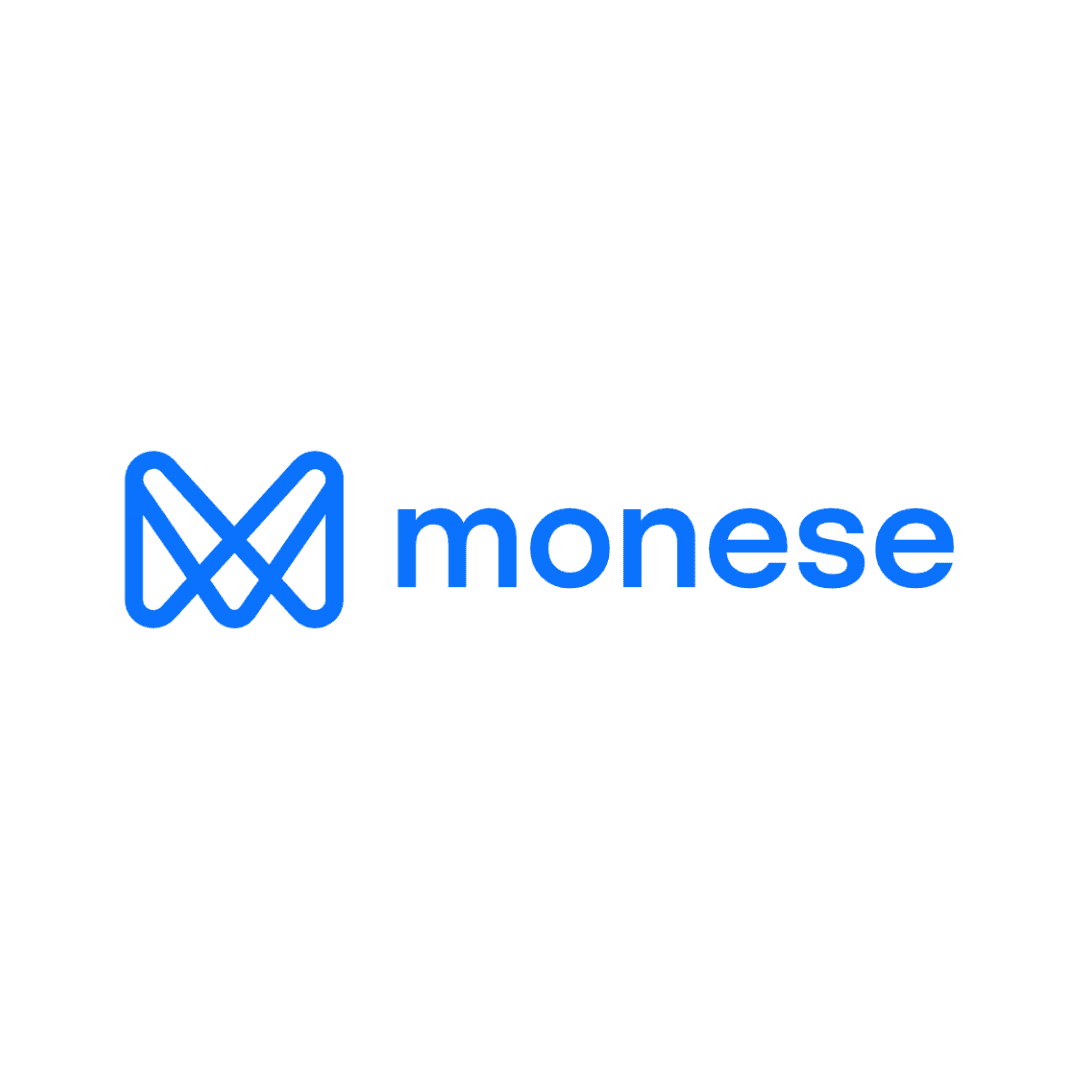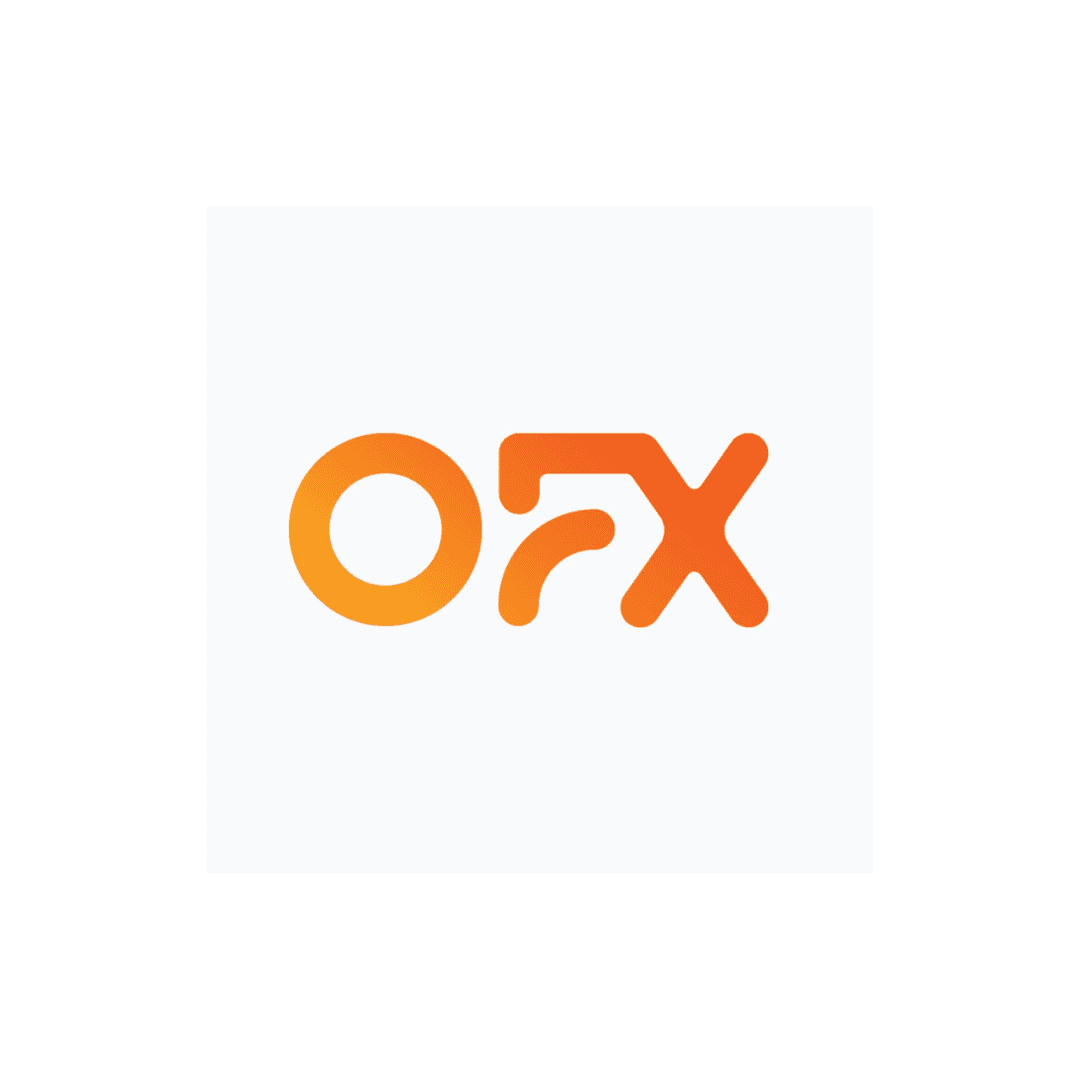Understanding the Canadian Dollar
In this blog post, we will dive deep into all things Canadian dollar - from its history and evolution to practical tips on managing currency exchanges like a pro. So grab your double-double coffee (a must-try in Canada!), sit back, and let’s get started on unraveling the mysteries of the loonie.
The history of the Canadian Dollar
The history of the Canadian Dollar is as interesting as the story of the nation itself. It was back in 1858 when Canada decided to introduce its own currency, replacing the hodgepodge of British pounds, Spanish dollars, and even local banknotes that were previously in use. The journey of the Canadian Dollar is reminiscent of the country's growth and the great strides it has made in various fields. For instance,Canadian scientist Frederick Banting, was a Nobel laureate for his ground-breaking discovery of insulin.
Canada's commendable progress in fields such as science research is reflected in the strength and stability of its currency. Over the years, the Canadian Dollar has managed to uphold its reputation as a strong, stable, and reliable currency in the global marketplace, backed by a robust economy that has consistently invested in areas like Canadian science research, technology, and innovation.
Factors that affect the value of the Canadian dollar
Let's talk about the Canadian dollar! It's always moving up or down because lots of different things affect its value. The health of Canada's economy is crucial - jobs, inflation, and how much money the Bank of Canada charges banks to borrow, known as interest rates. For example, when more people are working, it's usually good for the Canadian dollar. The situation in the world can also affect Canada's money. If things are going smoothly globally, the Canadian dollar often does well. Sometimes, how much stuff like gold or oil costs can change the value of Canadian dollars too.
How to track the Canadian dollar
Checking up on the Canadian dollar can be quite fun and it's not at all hard to do. There are loads of ways to help you keep tabs on it – like smartphone apps and websites. You can even do it from home! Whether you're a shop owner, someone who invests in things, or you're just curious about Canadian money stuff – keeping an eye on the Canadian dollar can teach you a lot. Plus, you might find it useful when planning your personal money matters. The Bank of Canada has a big role in looking after the Canadian dollar and the Canadian coins that we use every day. So, by doing a bit of homework and sticking with it, you can easily keep up with the latest trends in the Canadian dollar and make smart decisions about your Canadian money.
The relationship between the Canadian dollar (CAD) and the US dollar (USD) is a subject of significant interest, particularly in the fields of economics and international finance. The Canadian dollar is often correlated to the US dollar for several reasons.
Trade Ties: Canada and the United States have one of the largest trading relationships in the world. As a result, the economic health and monetary policies of one country can significantly influence the other. When the US economy is strong, it often leads to increased demand for Canadian exports, which can strengthen the CAD.
Commodity Prices: Canada's economy is heavily reliant on the export of commodities, such as oil, gas, and minerals. The prices of these commodities are often denominated in USD. Therefore, fluctuations in commodity prices can directly affect the value of the CAD. For instance, when oil prices rise, the CAD often strengthens against the USD, as Canada is a major oil exporter.
Interest Rate Parity: Both the Bank of Canada and the Federal Reserve (the central bank of the US) set their respective countries' interest rates. These rates can influence investor perceptions and investment flows between the two countries. If interest rates in the US rise relative to those in Canada, it might lead to a stronger USD as investors seek higher returns.
Best ways to exchange currency
When moving to Canada, you are in need for Canadian Dollars. For convenience and efficiency consider using one of the online currency exchange platforms. While traditional methods like visiting a bank or using local ATMs have their merits, the simplicity of online solutions can make your currency exchange experience smoother.
Why consider online currency exchange platforms:
TransferWise (now Wise):
Transparent Fees: Online platforms often offer competitive and transparent fees, allowing you to see exactly how much you'll get after the currency exchange.
Real Exchange Rates: Services like Wise use real, mid-market exchange rates, providing a fair deal for your money.
Convenience: Exchange currencies at your convenience, 24/7, without the need to visit physical locations.
Speed: Online platforms can facilitate quick transactions, allowing you to access your funds promptly.
Check all our services here:
Compare service provideRs

International Money Transfers
Currency Exchange
Secure Global Transactions
Competitive Exchange Rates

International Banking
Foreign Exchange Services
Wealth Management for Expats
Sustainable Banking

TRANSFER FUNDS, Online, by phone or in app
TRANSFER OPTIONS, Single & regular payments
Personal and Corporate Solutions
The how
>
.000
Cases yearly
+
Active countries
.
/5
Excellent rating
+
Companies use us
OTHER SERVICES
It takes less than 2 minutes




















